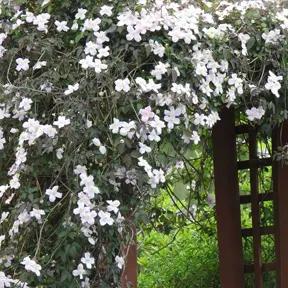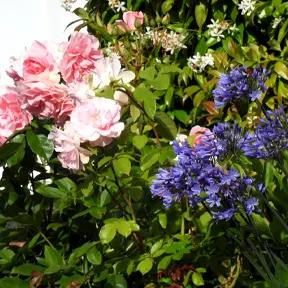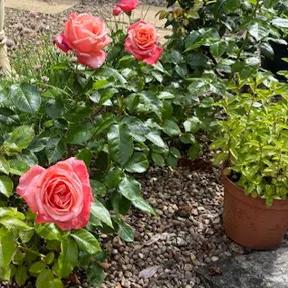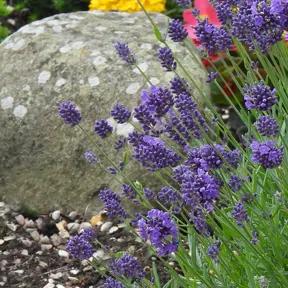Armenian Grape Hyacinth Bulbs
- Armenian Grape Hyacinth
- Colour: Purple-blue
- Height: 20cm
- Flowering: March-April
- Bulb Size: 7/8cm
- Planting Depth: 10cm
- Planting Months: September - Early November
- RHS Award of Garden Merit
Recommended extras
Description
Muscarii armeniacum
Grape hyacinths
Muscarii Armeniacum are hardy, easy to grow bulbs with long-lasting, cobalt blue blooms that no garden should be without. The delicate, blue flowers resemble upside down bells (or maybe urns?!), with thin white lines around the rim. We also have a white grape hyacinth, or browse all of our garden bulbs.
Flowers form tightly packed clusters which resemble upside down bunches of grapes, hence the common name Grape Hyacinth. Growing to a height of about 15-20cm, these blooms are perfect for borders, under trees, tucked into ground cover or simply grown in pots. In fact, they thrive anywhere where there is sunlight or partial shade.
Planting Grape hyacinths:
- Grape Hyacinths need well-drained soil
- Bulbs should be planted 10cm deep and 7.5cm apart, with the small points facing up
- Plant bulbs in the autumn
The long lasting blooms flower in March and April, then will continue to flower at the same time, year after year. And the dainty blue flowers look just as pretty in a vase as they do in a garden, so why not cut some stems and bring some spring colour into the kitchen or bedroom?
Aftercare
Ideal for the novice gardener, Muscarii armeniacum require minimal maintenance. After flowering, simply leave the leaves to die back and turn yellow, at which point, the foliage can be removed.
If overcrowding occurs and flower activity starts to decline, lift and separate bulbs in the late summer. Grape Hyacinths are self-seeding and therefore, once given time to natrualize, form a spectacular blanket of blue flowers.
For a perfect example of this, look no further than the famous Keukenhof Gardens in the Netherlands, where each spring, 100,000 Muscarii Armeniacum bloom to form a stunning river of blue flowers, that winds between other spring blooms across the 32 hectare garden.
Armeniacum first appeared in European gardens in 1871 and is now a common sight in gardens across the continent and is also widespread in woods and meadows in the Eastern Mediterranean. In 1993, Armeniacum was given a Royal Horticultural Society (RHS) Award of Garden Merit.
It's Summer Planting Season 2025
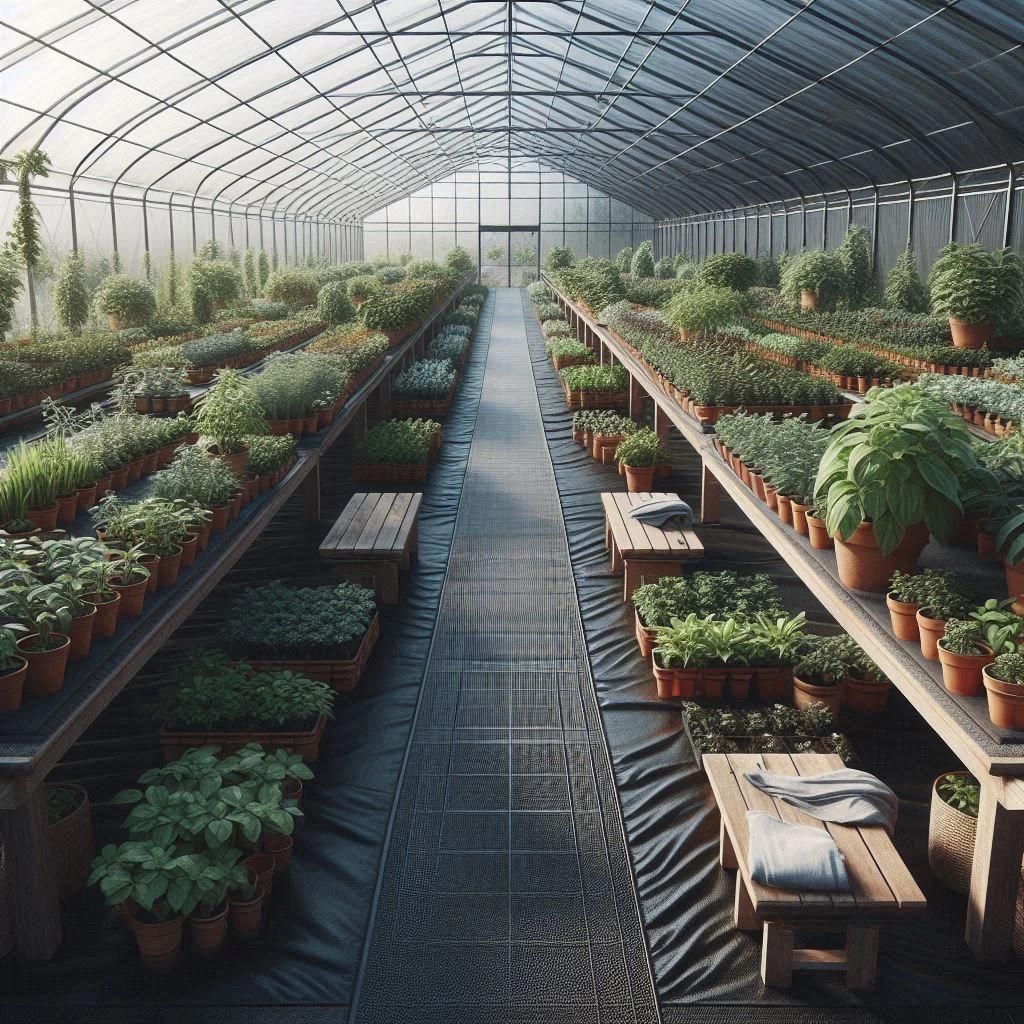
Pot Grown & Plug Plants Delivered

Direct from the Nursery Value

No more broken plants in the post!
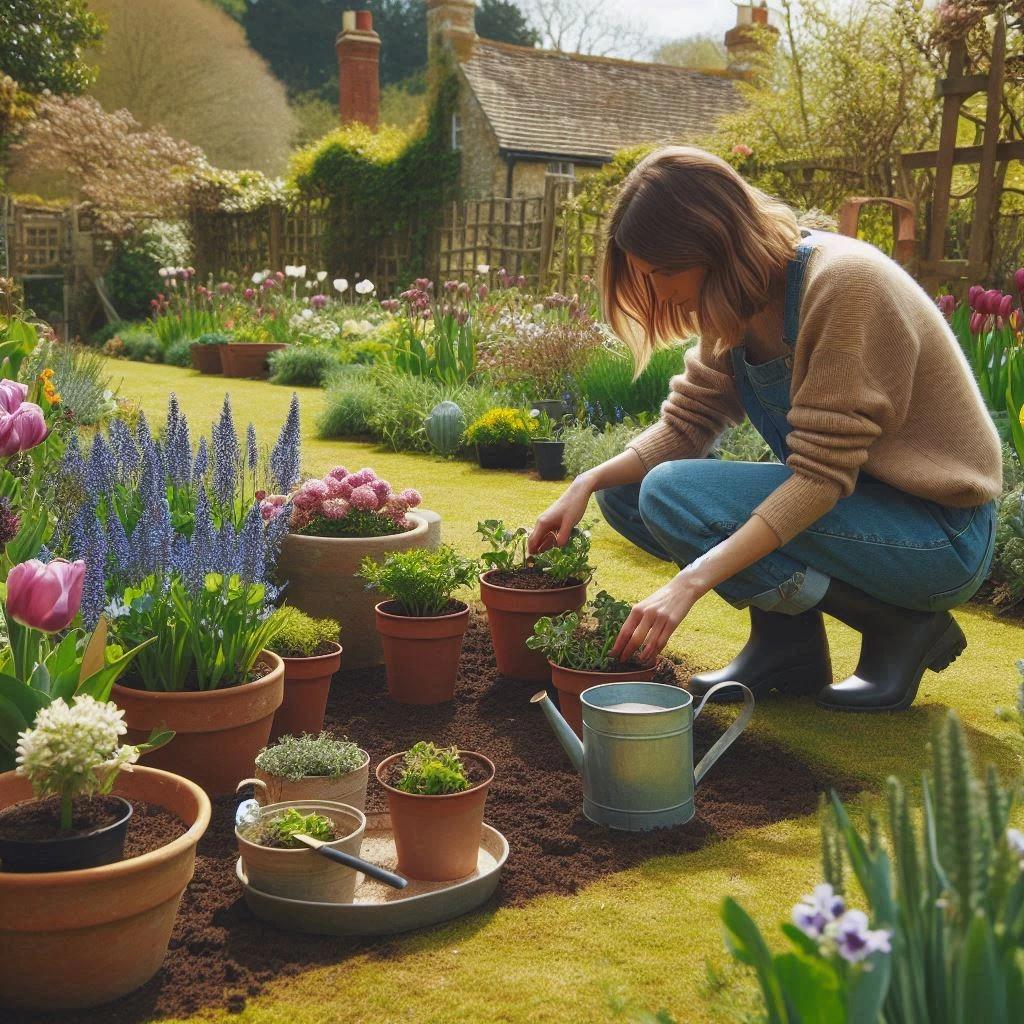

 Hero Img.webp)
 Hero Img.webp)
 Img 2.webp)
 Img 3.webp)

